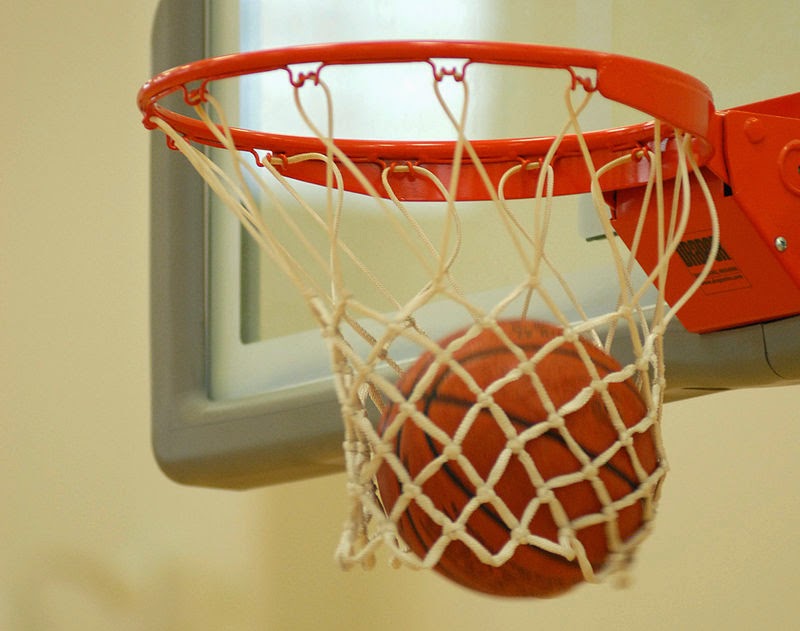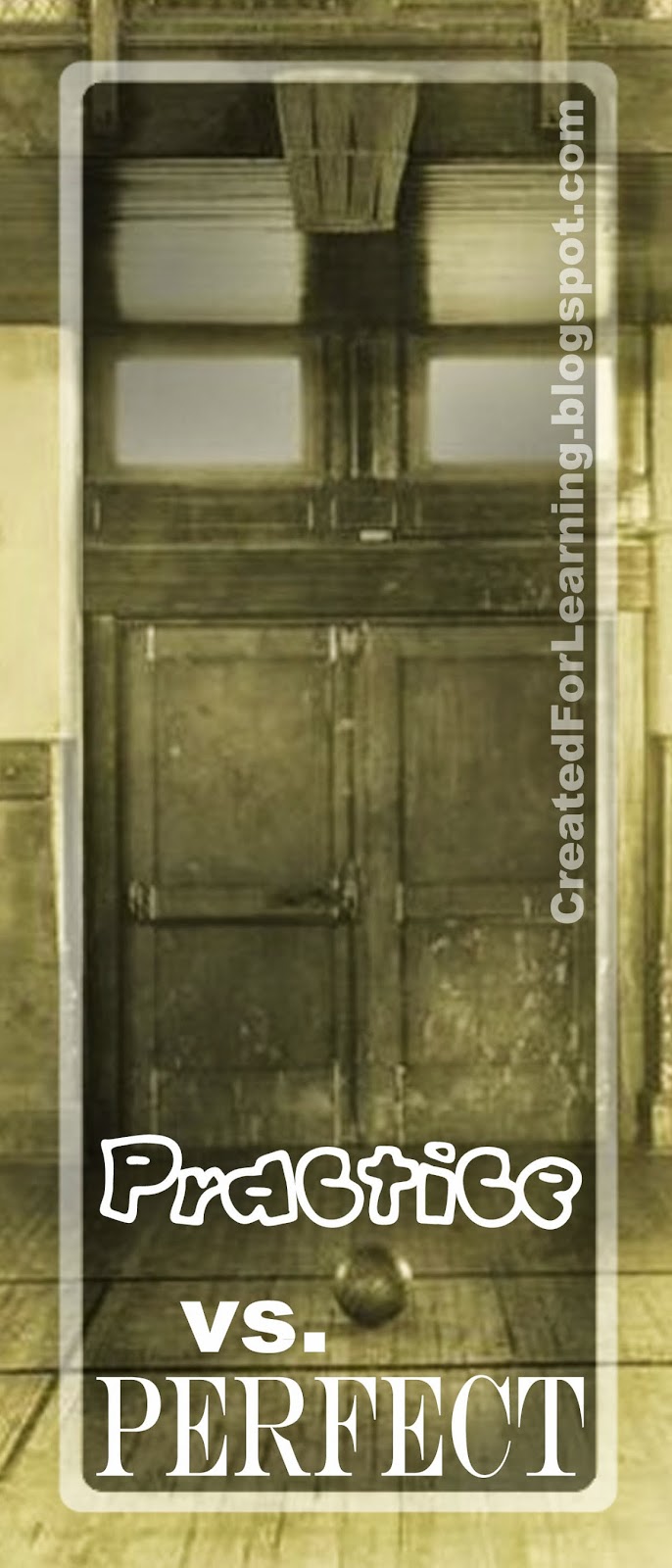It has been a few years since I made the switch, and I don’t regret it for a moment. My classes used to grade every question right or wrong, put the total at the top, and figure out the percentage. That was their grade for the assignment.
In recent years, I have transitioned into a practice mentality. Perhaps this metaphor will help explain the mindset:
What kind of practice would coach be proud of?
You know, like at basketball practice. Coach is happy if…
(1) you show up to practice
(2) you practice as hard as you can
(3) you get better over the season
(2) you practice as hard as you can
(3) you get better over the season
These rules don’t change whether it’s the worst player or the star player. If the worst player shows up, tries their hardest, and airballs every shot, coach is satisfied. And if the best player shows up, practices at 80% effort, and makes every shot, coach should be pissed.
 I think this way now about all of my independent practice in my classroom. Practice is practice. Game time is game time. This means wrong answers aren’t really wrong answers in practice. This means wrong answers just show what we don’t know. They show what we need more practice of.
I think this way now about all of my independent practice in my classroom. Practice is practice. Game time is game time. This means wrong answers aren’t really wrong answers in practice. This means wrong answers just show what we don’t know. They show what we need more practice of. The results?
☆ More students do more of their work.
☆ Fewer students copy each other’s work.
☆ Students stop leaving things blank that they don’t think they know.
☆ More students are willing to share their wrong answers aloud in class, increasing classroom participation and decreasing embarrassment levels.
☆ And I get a clearer, more accurate view of what they really know and don’t know.
☆ Fewer students copy each other’s work.
☆ Students stop leaving things blank that they don’t think they know.
☆ More students are willing to share their wrong answers aloud in class, increasing classroom participation and decreasing embarrassment levels.
☆ And I get a clearer, more accurate view of what they really know and don’t know.
So until I hear a better method, I’m going to keep this one. Because I think it’s working.











